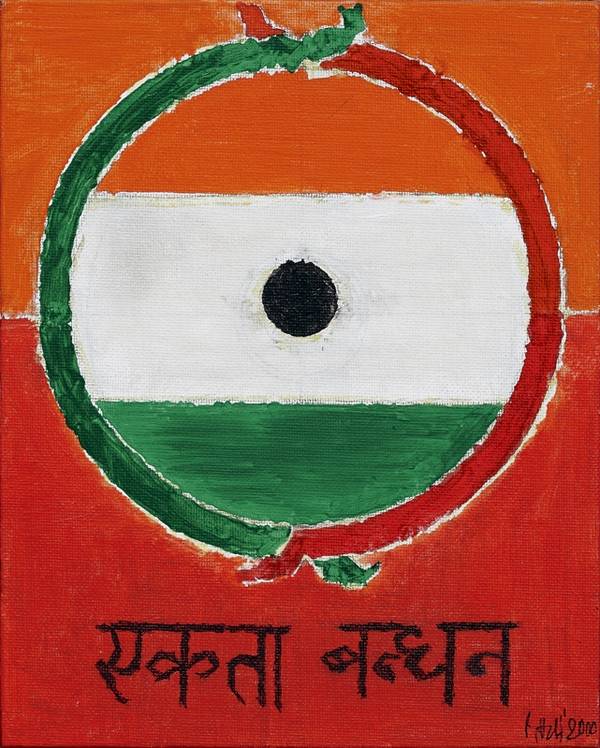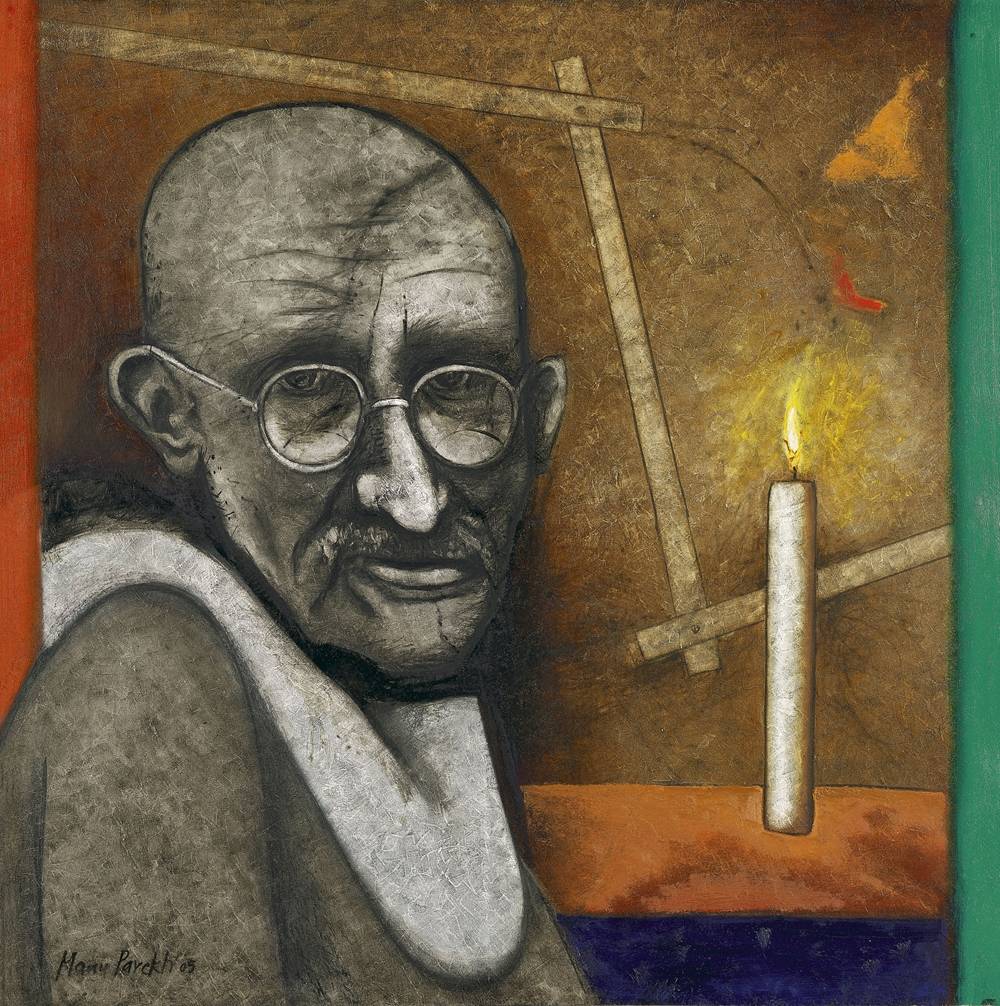The group with revered modernists including F N Souza, S H Raza, M F Husain, V S Gaitonde, K H Ara, H A Gade, and S A Bakre were inspired by the globalisation of arts and various art movements that had sprung in Europe, the young artists did not want to be bound by the definition of art set by their old school predecessors…reports SUNNY CHANDIRAMANI
India has had wonderful independence for 75 years as of this year. But 1947 also marked a significant turning point in the development of Modern Indian Art. When the Bombay Progressive Artists Group was established, the debate surrounding Indian art experienced a resurrection of emancipated visual vocabulary. The pre-independence era’s turbulent years gave rise to a younger generation of artists who had a strong sense of defiance that would have a significant impact on their work.
And just as the country broke away from the shackles of colonialism, the members of the group also did away with the traditional practice of western academic realism and sought to forge their individualistic artistic idioms. The group with revered modernists including F N Souza, S H Raza, M F Husain, V S Gaitonde, K H Ara, H A Gade, and S A Bakre were inspired by the globalisation of arts and various art movements that had sprung in Europe, the young artists did not want to be bound by the definition of art set by their old school predecessors. And while they broke away from the traditional practices to explore the individuality of expression through their art, the love for their country continued to inspire them and resulted in some of the greatest work in their oeuvre.

S.H. Raza spent his entire career trying to capture the essence of India’s varied landscape. S. H. Raza, one of India’s most renowned artists, grew up in Madhya Pradesh’s forest-adjacent communities, where he developed an appreciation for the natural world. He greatly experimented, evolving through numerous stages. The artist realised that he was missing the aesthetics of India by the 1970s. He hoped to incorporate spirituality into his painting and aspired to capture the spirit of traditional Indian art in his creations. The artist did extensive research on colour, schematics, and structure.
He researched the essential ideas that underlie and make up chakras and mandalas. Instead of trying to duplicate them, he opted to develop and translate his own lexicon through which he could express his impression of shapes, colour, and energy. Due to this, the iconic symbol “Bindu” was created, which the artist continually reworked throughout the course of the final three decades of his life. In addition, Raza produced artwork illustrating the concept of India as it is shown in his piece Ekta Bandhan.
On the other hand, M. F. Husain drew inspiration from a wide range of sources, such as religious texts and epics as well as Indian culture and political history. This served as the impetus for several important painting series. Husain is remembered and known for a variety of things, including his powerful, galloping horses and the Mother Teresa saree’s curling white folds. Through his exploration of the nation’s colonial past in his British Raj series, he awoken our ferocious spirit.
A number of paintings and sculptures have been produced as a result of the adoration for Mahatma Gandhi that has been sparked by artists’ representations of him and which continue to honour his legacy. Through their creations, artists like Manu Parekh, Atul Dodiya, Debanjan Roy, Debraj Goswami, and Shahabuddin Ahmed have honoured Mahatma Gandhi.

One of the most influential modern artists of India, F N Souza experimented with many genres and styles of painting through the course of his six decade long career. His works, especially the landscapes, were deeply influenced by his childhood where he grew up around churches. Fascinated with the architecture and bright stained glasses of the windows, he rendered his landscapes in bold colour and with distortion of the form. Artist V S Gaitonde was inspired by Zen Buddhism and various other philosophies and his works evoked a sense of meditative silence. His thoughts excavated subjects which only further propelled him to drown the human existence in its mortal representational form. While the group was short-lived and disbanded a few years later, it created a playground for the artists of the newer generation to explore and experiment. Since then, there have been milestones developments in the history of Indian art including the founding of other artists’ collectives and the development of spaces to promote Indian art.
ALSO READ-Parvati idol, stolen from TN over 50 years ago, traced to NY

